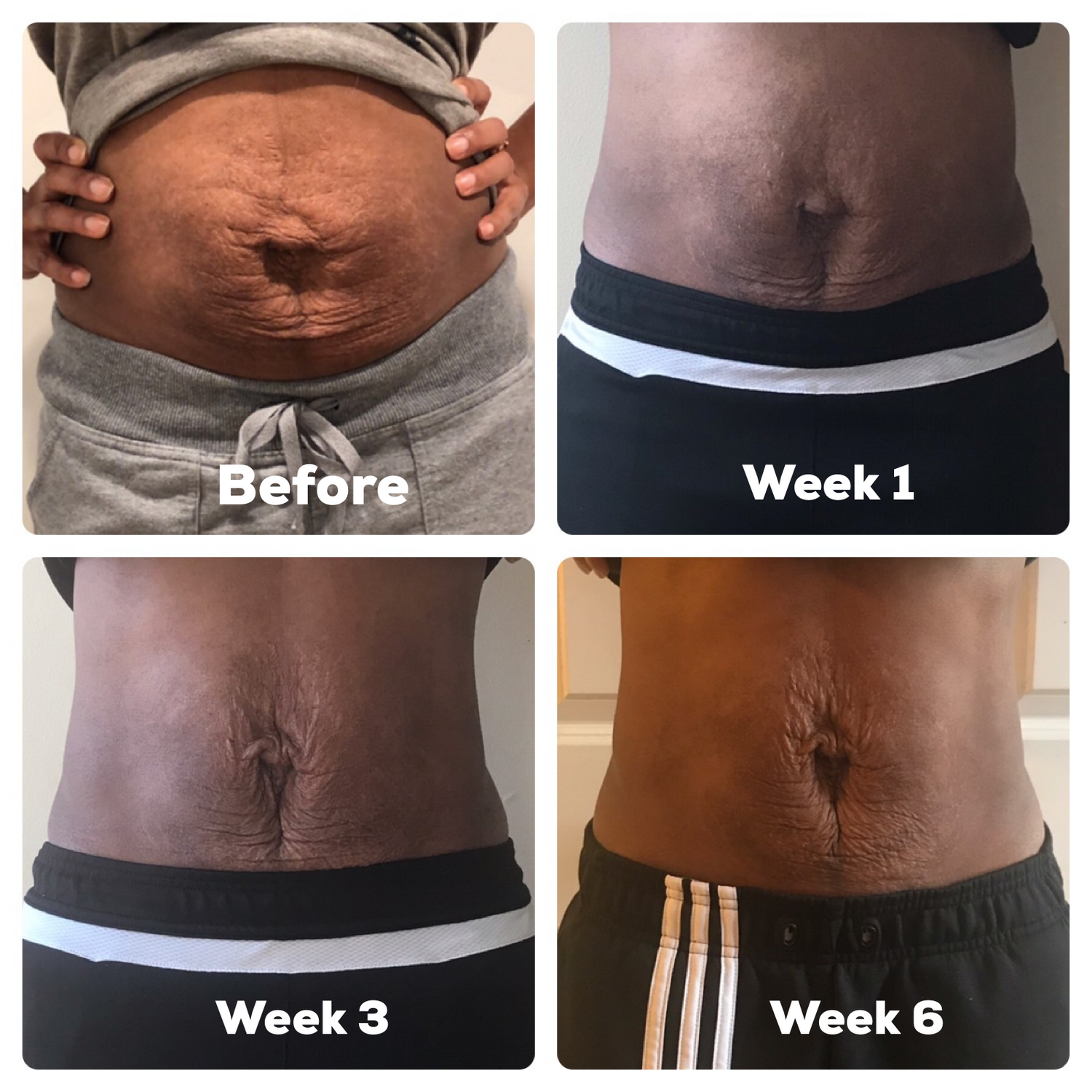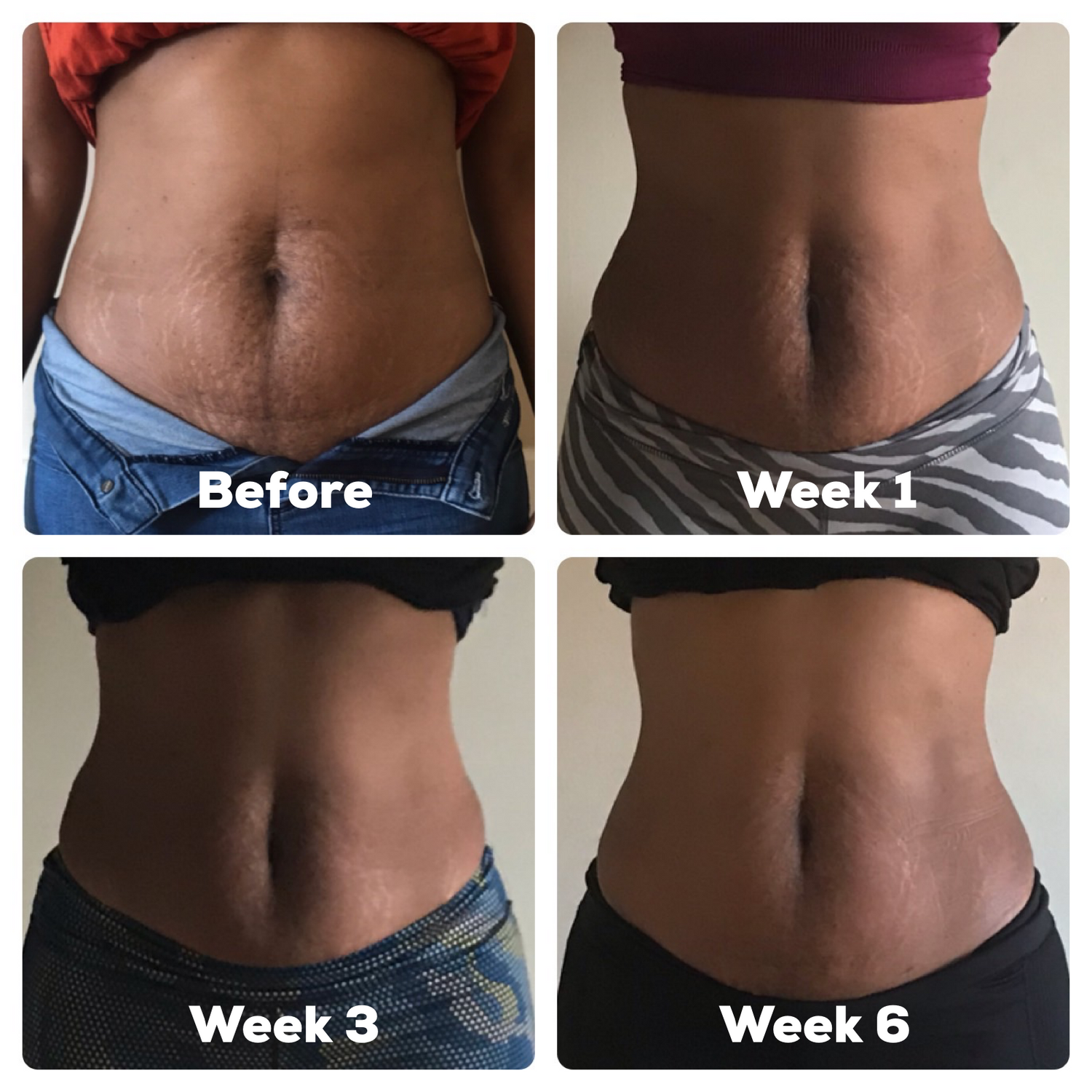Are you experiencing...
Pelvic Floor Dysfunction
Weakened abdominal muscles and compromised core stability can affect the function of the pelvic floor muscles, which play a crucial role in supporting the bladder, uterus, and rectum. One may experience urinary incontinence, painful sex, and uterine prolapse.
Lower Back Pain
Diastasis recti can contribute to lower back pain as the weakened abdominal
muscles are unable to provide proper support to the midsection, leading to
strain and discomfort in the lumbar region. One may experience significant
physical discomfort, which can lead to sensations of weakness, instability, and
even pain in the midsection.
Uterine Issues
The uterus is at the center of your core health—when it’s out of alignment, restricted, or affected by conditions such as endometriosis or fibroids, it can impact posture, digestion, and pelvic floor function. Through hands-on techniques and fascia-based care, Belly Therapy helps your uterus find its natural position and supports overall core strength and wellness.”
Lower Belly, Hips, or Pelvis Discomfort
Fascia is the body’s continuous web of connective tissue, enveloping every organ, muscle and bone. When it becomes restricted by childbirth, stress, postural strain or emotional burden, it can tether your core, compromise your breath, and weaken your foundational strength.
Portruding Belly
Diastasis recti (abdominal muscle separation) is associated with changes in abdominal appearance, such as a notable bulge or protrusion of the belly that is unresponsive to traditional wellness interventions. These changes can significantly impact self-esteem, causing many individuals to feel disconnected from their bodies, and may contribute to depression and anxiety.
Our Purpose...
to nurture reconnection—empowering every belly to heal, strengthen, and flow through life’s transitions.
The Belly Therapist
D. Amaadi Coleman, The Belly Therapist®, who is the first Black woman to become a Tupler TechniqueⓇ Trained Professional, created Belly Therapy with the postpartum individual (vaginal AND C-section birth) in mind.
How Belly Therapy Works?
-
STEP 1 Check your diastasis
Confirm that you have a distasis by performing a self check to determine the width and depth of your separation. Click here, then scroll down to follow the self check video.
-
STEP 2 Choose your plan
Choose between the 6-week in-person or online program. Also, select the option of one-on-one or as group Belly Therapy sessions.
-
STEP 3 Change your life!
Complete the program and gain:
• Improved core strength
• Increased confidence
• Greater knowledge
• Emotional resilience
What they say...

Brenda's Results
Pair text with an image to focus on your chosen product, collection, or blog post. Add details on availability, style, or even provide a review.

Dana's Results
Pair text with an image to focus on your chosen product, collection, or blog post. Add details on availability, style, or even provide a review.








